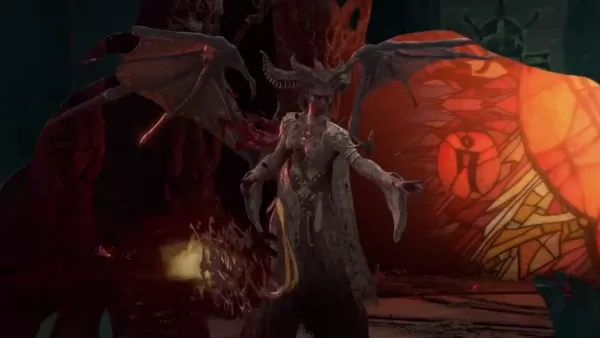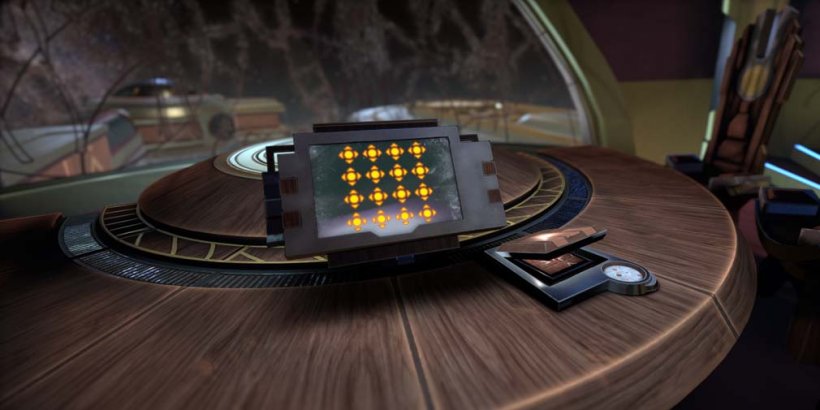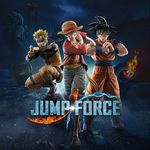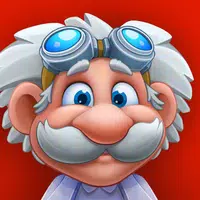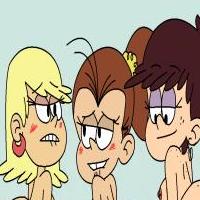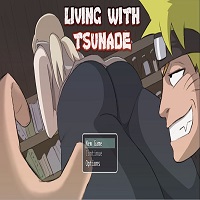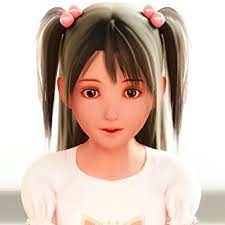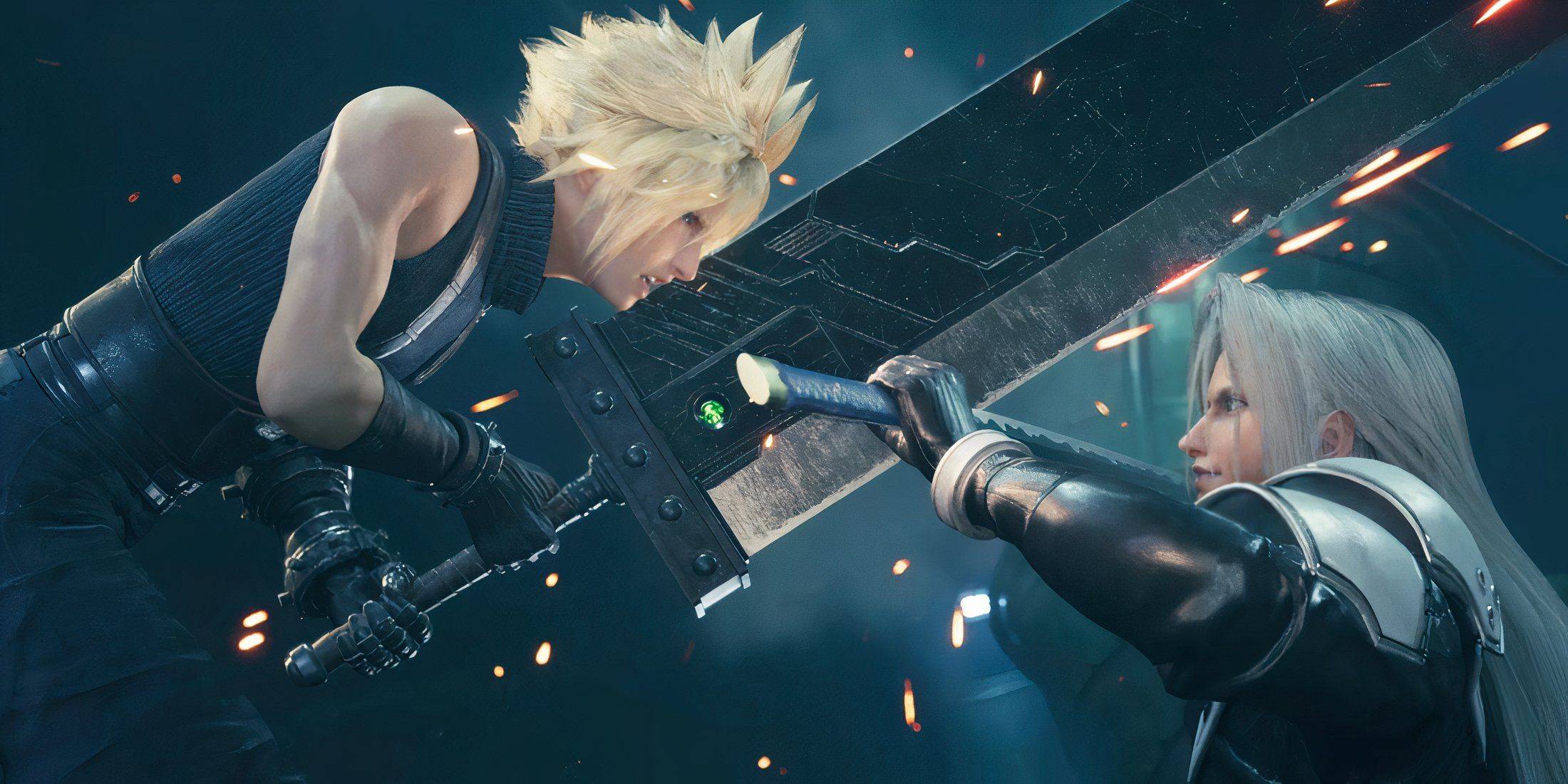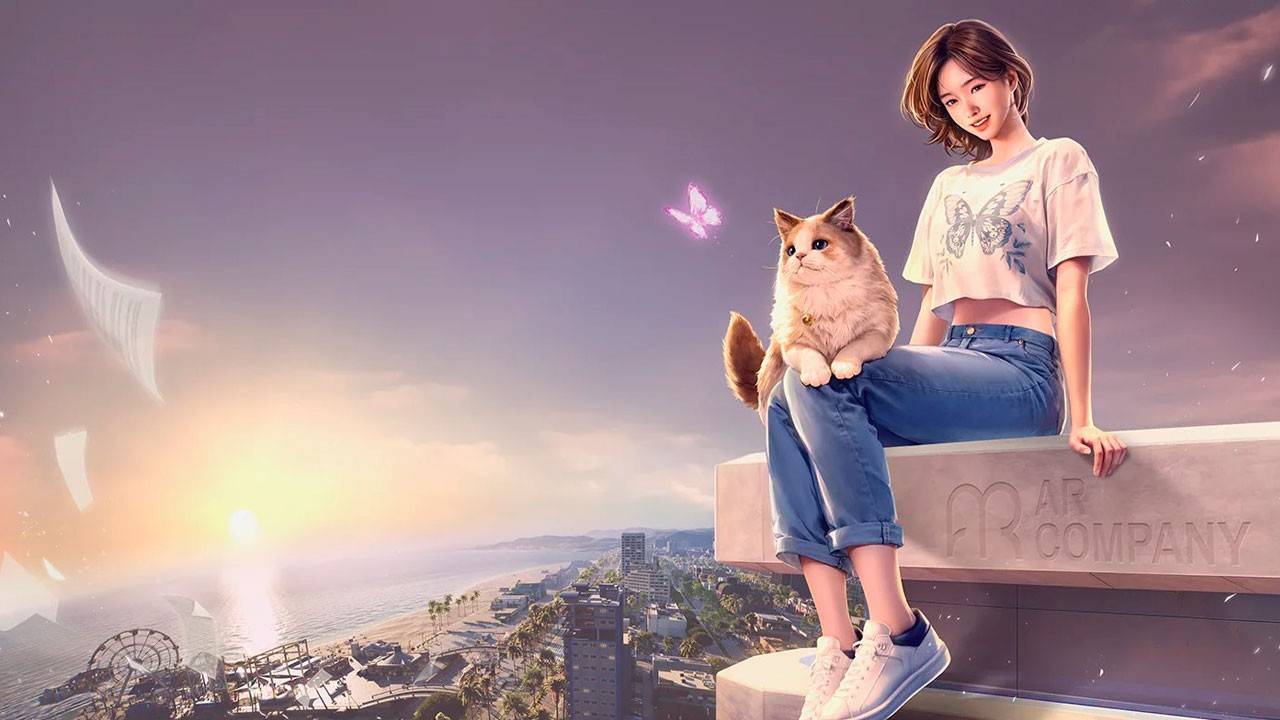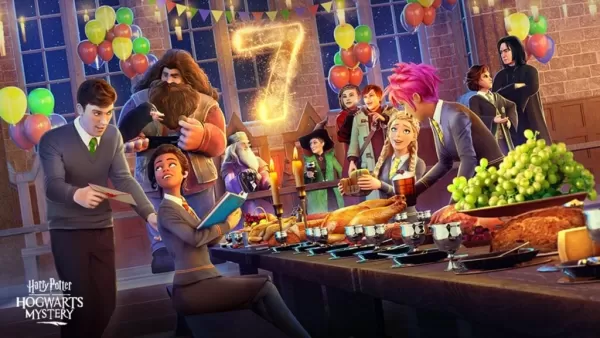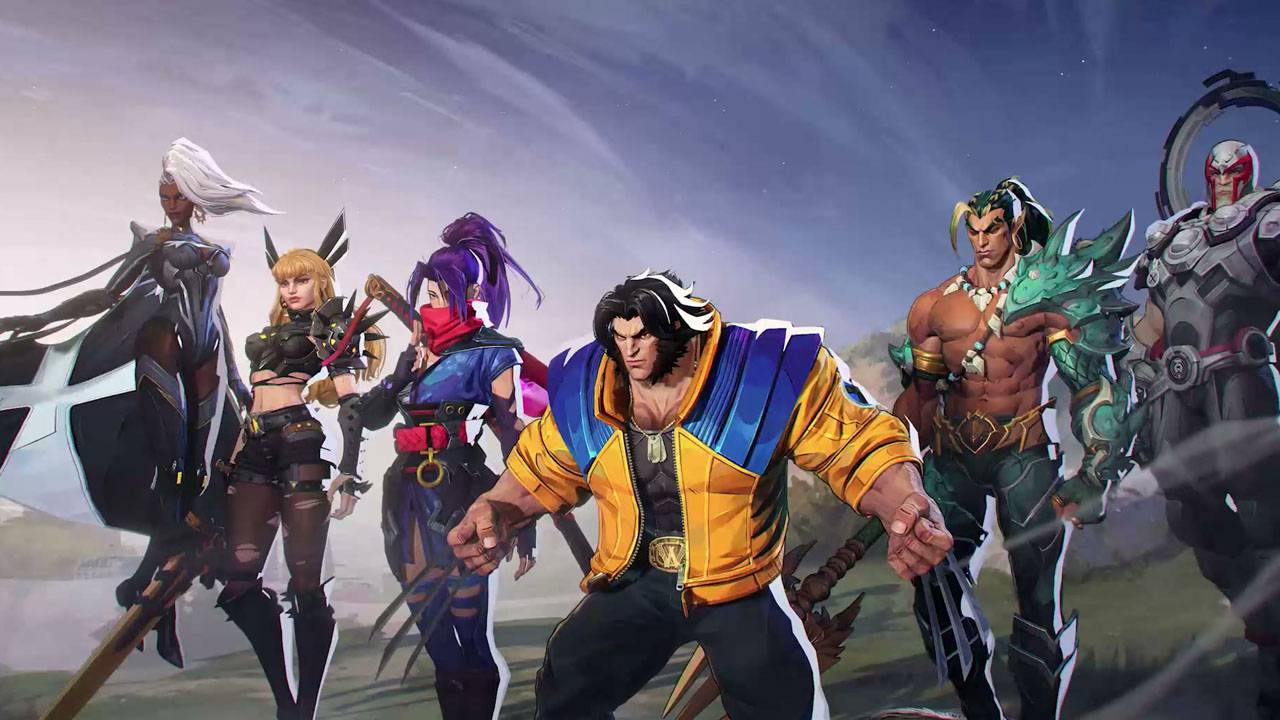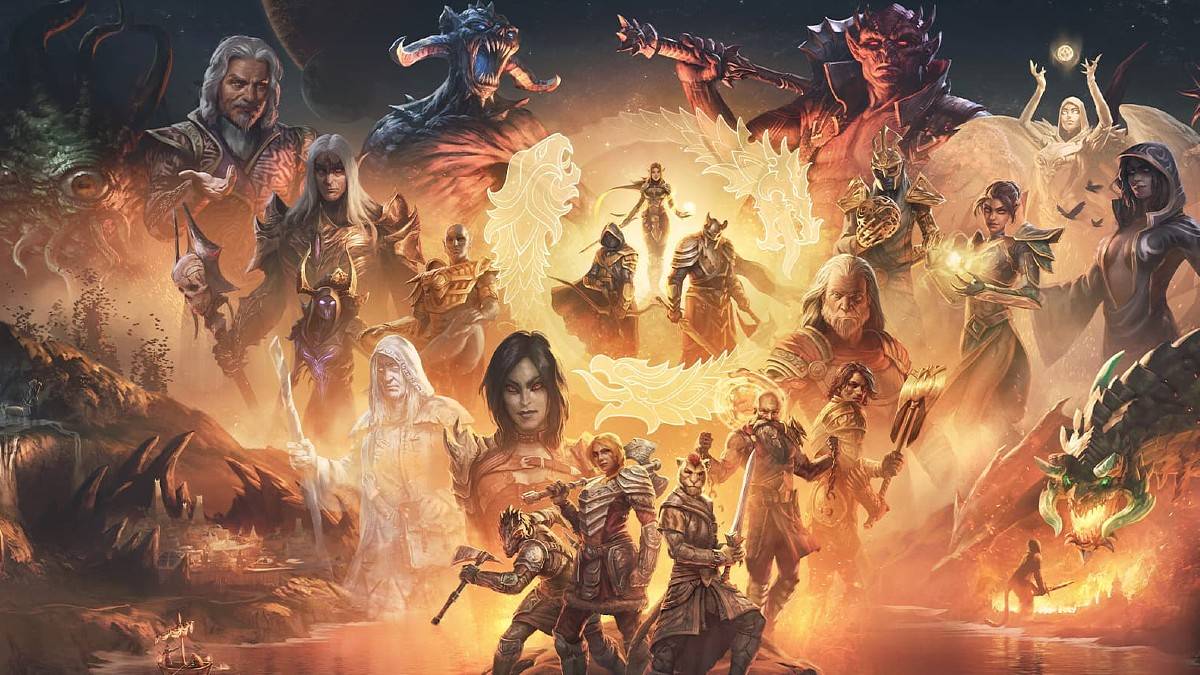In the dynamic realm of superhero narratives, few teams have made as indelible a mark as Marvel's Fantastic Four. Known affectionately as Marvel's First Family, this quartet of extraordinary beings has enthralled audiences for over sixty years with their unique blend of heroism, familial dynamics, and relatable imperfections.
Recently, the trailer for "Fantastic Four: First Steps" has been unveiled, giving fans a sneak peek into the aesthetic and tone of Marvel Studios' latest rendition of these iconic characters. Set in a retro-futuristic universe reminiscent of the 1960s, the film introduces us to Reed Richards/Mr. Fantastic (Pedro Pascal), Sue Storm/Invisible Woman (Vanessa Kirby), Johnny Storm/Human Torch (Joseph Quinn), and Ben Grimm/Thing (Ebon Moss-Bachrach). Together, they must navigate the dual challenges of family life and defending Earth against one of Marvel's most formidable foes, Galactus (Ralph Eienson), and his enigmatic herald, the Silver Surfer (Julia Garner).
This new adaptation promises to infuse fresh energy into the storied legacy of the Fantastic Four, blending exhilarating action with heartfelt moments that underscore the significance of familial bonds.
So, what does the future hold for Marvel's First Family in this new cinematic venture? Let's delve into their fascinating origin story and explore the parallels.
Table of Contents
- The Birth of Marvel's First Family
- A Moment of Inspiration
- Breaking the Mold
- The Plot of Fantastic Four: First Steps
- Modern Relevance and Future Directions
- Conclusion: Why the Fantastic Four Endure
The Birth of Marvel's First Family
 Image: marvel.com
Image: marvel.com
Despite being over 60 years old, the Fantastic Four remains a cherished cornerstone of Marvel Comics. While their popularity may have fluctuated during certain periods, such as between 2015 and 2018 when they didn't have their own series, they have steadily regained their footing thanks to the creative efforts of writers like Alex Ross. So, how did this legendary quartet come to be?
A Moment of Inspiration
By 1961, Stan Lee, then editor-in-chief and art director at Marvel Comics, was feeling creatively drained after two decades in the industry. Seeking inspiration, he turned to his wife, Joan, who encouraged him to craft something he himself would enjoy reading. Simultaneously, Marvel publisher Martin Goodman learned of the success of DC Comics' Justice League of America. With insider information on DC's sales figures, Goodman tasked Lee with creating a team of superheroes to capitalize on the growing demand. Instead of merely replicating DC's formula, Lee saw an opportunity to innovate. Partnering with artist Jack Kirby, he conceived a groundbreaking concept that would redefine the superhero genre.
Breaking the Mold
 Image: marvel.com
Image: marvel.com
Lee envisioned a team that was anything but conventional. Rather than depicting them as flawless, idealized heroes, he emphasized their humanity. The team comprised four distinct personalities: Reed Richards, a brilliant yet sometimes aloof scientist; Sue Storm, a capable woman challenging societal norms; Johnny Storm, an impulsive teenager; and Ben Grimm, a gruff yet loyal friend whose transformation into the Thing raised questions about identity.
Initially, Lee considered giving each character powers with significant drawbacks. For instance, Sue might have been permanently invisible without a special mask, while Johnny could only ignite under extreme emotional stress. Reed's elasticity would cause him physical pain, limiting his time in his altered state. Only Ben retained his original conception, though his personality evolved from selfish to loyal.
Kirby's artistic genius was pivotal in shaping the team's visual identity, especially the Thing. From a vague script description of a "heavy" and "shapeless" creature, Kirby crafted the iconic orange-skinned, blue-eyed powerhouse. The Human Torch's design drew inspiration from earlier Marvel characters while adhering to the Comic Book Code Authority's guidelines, ensuring flames wouldn't harm humans.
The Plot of Fantastic Four: First Steps
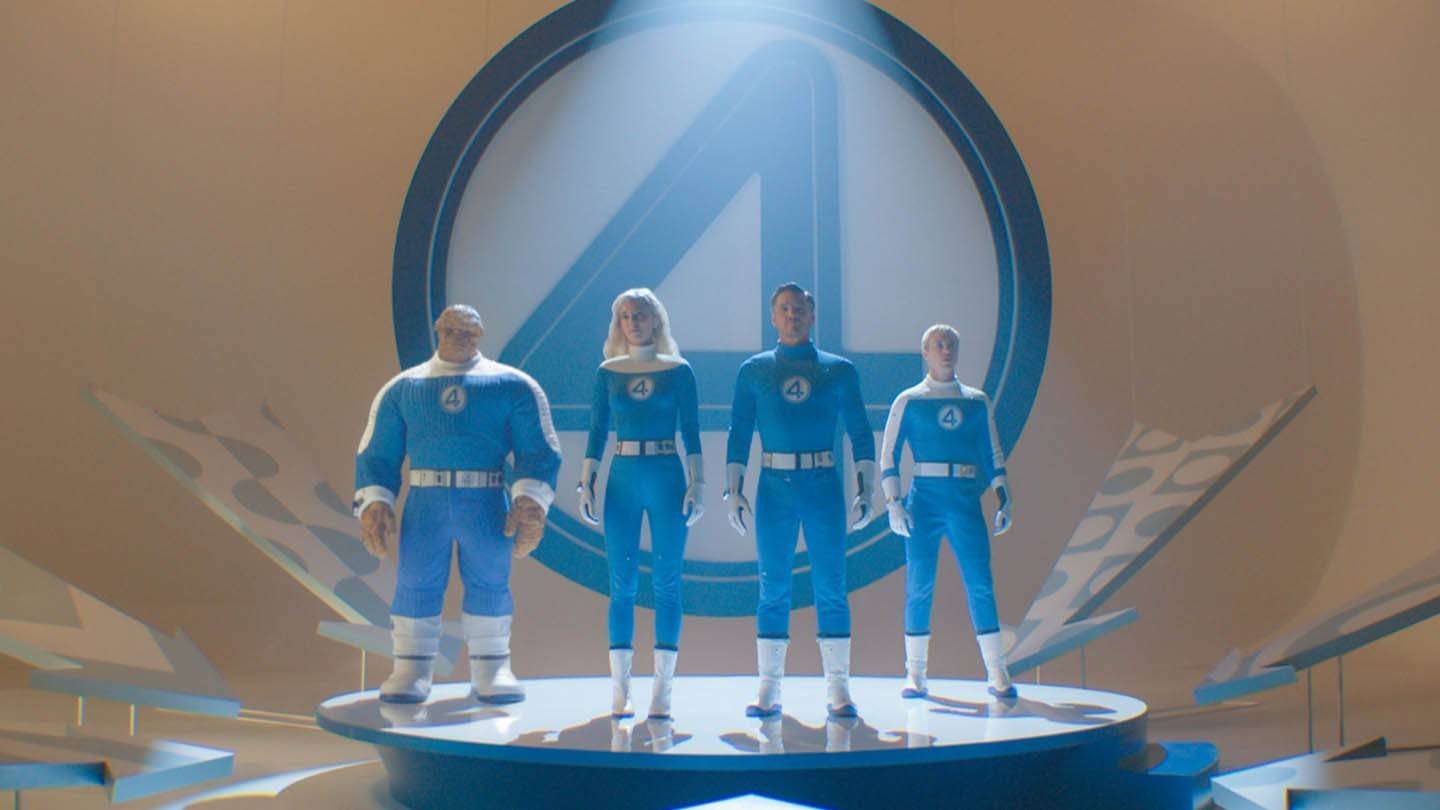 Image: marvel.com
Image: marvel.com
When Fantastic Four #1 hit stands in August 1961, it introduced readers to a revolutionary narrative structure. Unlike traditional comics, which typically began with exposition, Lee chose a non-linear approach. The story starts mid-action, with Mr. Fantastic summoning the team via a mysterious signal. Their identities and backstories unfold gradually, adding intrigue and mystery.
Central to the tale is the space mission that granted the quartet their superpowers. Reed Richards, the visionary scientist, had spent years designing a revolutionary spacecraft. Despite warnings about cosmic rays, he launched the vessel illegally, driven by Cold War fears that rival nations, specifically the Soviet Union, might outpace them. Ben Grimm's concerns about the risks were mitigated by Sue Storm, who emphasized the urgency of their mission.
This subplot mirrors real-world events, as Yuri Gagarin's historic spaceflight occurred just months before Fantastic Four #1's release. The team's journey might symbolize Marvel's version of humanity's first venture beyond Earth's atmosphere. During their flight, they were bombarded by cosmic rays, altering their DNA and granting them extraordinary abilities. Upon returning, they vowed to use their powers for the greater good, forming the Fantastic Four. Their debut mission against the Mole Man, who sought to destroy surface civilization, showcased their teamwork and ingenuity.
 Image: ensigame.com
Image: ensigame.com
While the plot of Fantastic Four #1 may seem straightforward today, its impact was profound. By focusing on flawed, relatable characters, Lee and Kirby laid the groundwork for Marvel's distinctive storytelling. Each member contributed uniquely, fostering dynamic interactions that resonated deeply with readers.
Modern Relevance and Future Directions
Today, the Fantastic Four continue to evolve within the Marvel Universe. Recent developments include a series written by Ryan North and illustrated by Iban Coelho, known for his work on Venom and Eisner Award-winning projects like Adventure Time and The Unbeatable Squirrel Girl. Early issues blend humor, action, and drama, focusing on themes like the Thing's struggle for social acceptance.
 Image: marvel.com
Image: marvel.com
Previous iterations, such as Dan Slott's four-year run, received mixed reviews, with some critiquing his retconning of the team's origin story to involve alien interference. Brian Michael Bendis' portrayal of Doctor Doom returned the character to his classic villainy after brief anti-heroic experiments.
Nevertheless, the Fantastic Four remain integral to Marvel's broader narrative, playing key roles in events like Devil's Reign and interacting with heroes like Spider-Man. Doctor Doom's ongoing pursuits, such as his quest to become Supreme Wizard in Strange, keep fans engaged. The release of "Fantastic Four: First Steps" promises to introduce new dimensions to these timeless characters.
Conclusion: Why the Fantastic Four Endure
From their inception in Fantastic Four #1 to their upcoming cinematic return, the Fantastic Four epitomize the enduring appeal of Marvel's storytelling. By embracing complexity, vulnerability, and familial bonds, they transcend traditional superhero narratives. As Marvel Studios reintroduces them to a global audience, their adventures are poised to inspire new generations, just as they did for those who witnessed their debut over half a century ago.
Whether confronting cosmic threats like Galactus or grappling with personal challenges, the Fantastic Four remind us that true strength lies in unity, resilience, and love. As long as these values endure, so too will Marvel's First Family.




